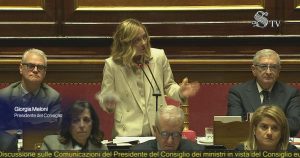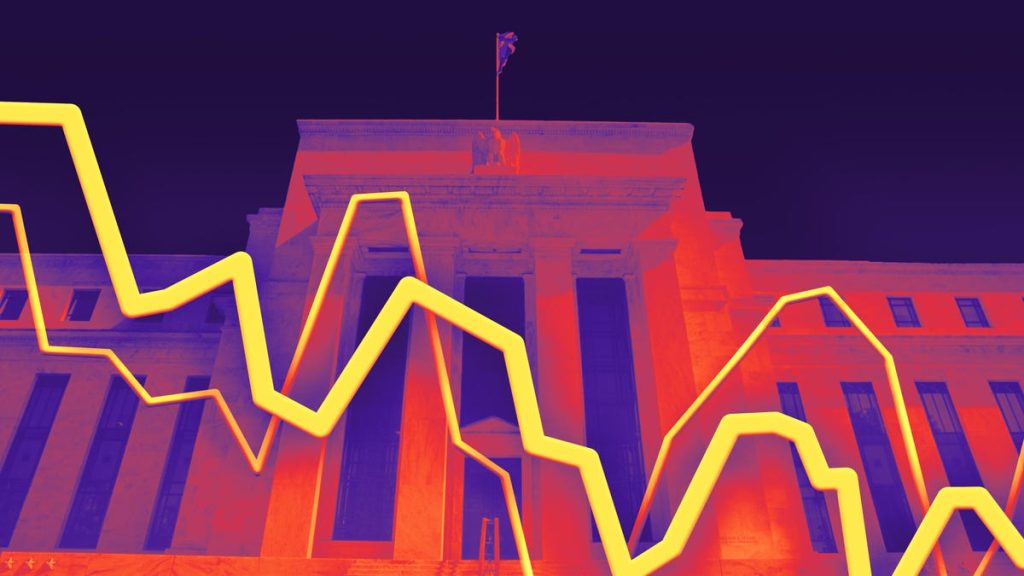The Federal Reserve has two more meetings in 2024, but experts are already looking ahead to 2025 to predict the Fed’s future rate cuts. The Fed’s decisions can have a significant impact on various aspects of personal finances, including credit card interest rates and savings account yields. Lowering interest rates can make borrowing cheaper for consumers and businesses, stimulating economic growth. The Fed aims to make another half-percent cut by the end of 2024, with most experts predicting quarter-point cuts at each meeting leading up to 2025.
Experts anticipate a quarter-point rate cut at the upcoming Federal Open Market Committee meetings in November and December. Despite the possibility of making two quarter-percent cuts, the Fed is likely to stick to its gradual approach to avoid triggering inflation. The decision to cut rates is based on various economic indicators, such as inflation and job reports. As the economy continues to soften, experts believe that the Fed will continue with rate cuts over the next year.
Looking ahead to 2025, experts predict that the Fed will gradually lower interest rates, possibly reaching a level close to 3.50%. However, the exact timing and frequency of these rate cuts remain uncertain, as economic conditions and external factors may influence the Fed’s decisions. The incoming Trump administration could also impact the Fed’s monetary policies, leading to potential changes in interest rates based on the new administration’s economic policies.
While experts can make educated guesses about the Fed’s actions in 2025, there are no guarantees until the year unfolds. Consumers can prepare for potential rate cuts by reviewing their financial strategies and considering options such as balance transfers for credit card debt or diversifying investments to adapt to changing interest rates. It is essential to stay informed, consult with financial experts, and make decisions based on sound advice rather than fear.
The Fed’s rate cuts may take time to have a noticeable impact on personal finances, with a lag time of six months to a year or more before the changes fully affect the economy. Consumers may not see significant relief in borrowing costs until mid-2025. While high-yield savings accounts and CDs are still safe investments, considering a CD ladder or diversifying portfolios can help prepare for potential changes in interest rates. Overall, it is essential to be informed, seek expert advice, and make well-considered financial decisions to navigate the evolving economic landscape.















